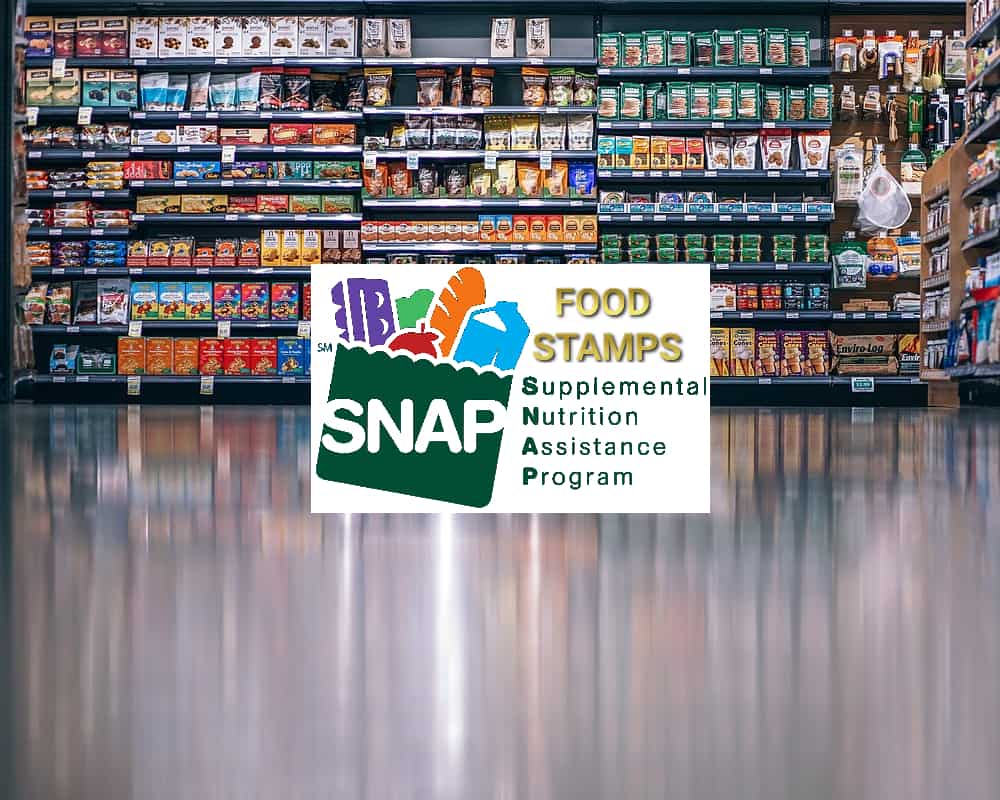Since the 1960s, the Supplementary Nutrition Assistance Program (SNAP) has been used as a social welfare program that provides food benefits to poor Americans.
Today, more than 40 million people in the United States rely on government programs. Republicans in the US are trying to sort out those numbers, with fewer individuals and families dependent on the federal government.
Looking at current USDA and Census Bureau figures, we analyzed the latest number of Floridians using SNAP, which helped businesses deal with regulatory compliance.
SNAP participation nationwide is 41.7 million Americans (12.3% of the population) relying on SNAP, with a total annual cost of $93.8 billion, down from the pandemic’s highest, but still historically high.
Recipient Age and Gender: Children (33%) and adults (25.1%) between 30 and 49 years old constituted the largest share of snap recipients, with women (54%) slightly outweighing men (46%).
Racial and ethnic disruption: Non-Hispanic whites represent 36.1% of recipients, while Black (22.7%) and Hispanic (29.1%) individuals are disproportionately represented compared to the proportion of the general population.
Eligibility for SNAP is primarily based on income and household size, with federal guidelines setting limits on revenue and financial assets. Although households typically need to have a total income of 130% or less of the federal poverty line, certain groups may qualify on different criteria, including children, elderly people, veterans, individuals with disabilities, and low-income workers.
Children account for the largest share of SNAP recipients, accounting for 33% of participants under the age of 18. Adults ages 30 to 49 account for 25.1%, while adults ages 18 to 29 account for 14.7%. Elderly people have a small percentage of SNAP programs, with 15% of recipients being 12.2% between 50 and 65 years old and over.
Women make up a small majority of SNAP recipients, accounting for 54% compared to 46% of men. Women are more likely to be in poverty than men, and are more likely to have children in their homes, increasing the likelihood of snap eligibility.
Here’s an overview of Florida data:
Share of individuals benefiting from SNAP: 13.2%
Benefits of shares for households receiving snaps: 18.4%
Average monthly snap benefits per individual: $185
Average monthly snap benefits per household: $333
Individuals who are benefiting from SNAP: 2,975,789
Households benefiting from SNAP: 1,651,470
Annual SNAP benefits received: $6,604,797,454
Poverty rate: 12.3%
Population: 22,610,726
Household: 8,966,402


